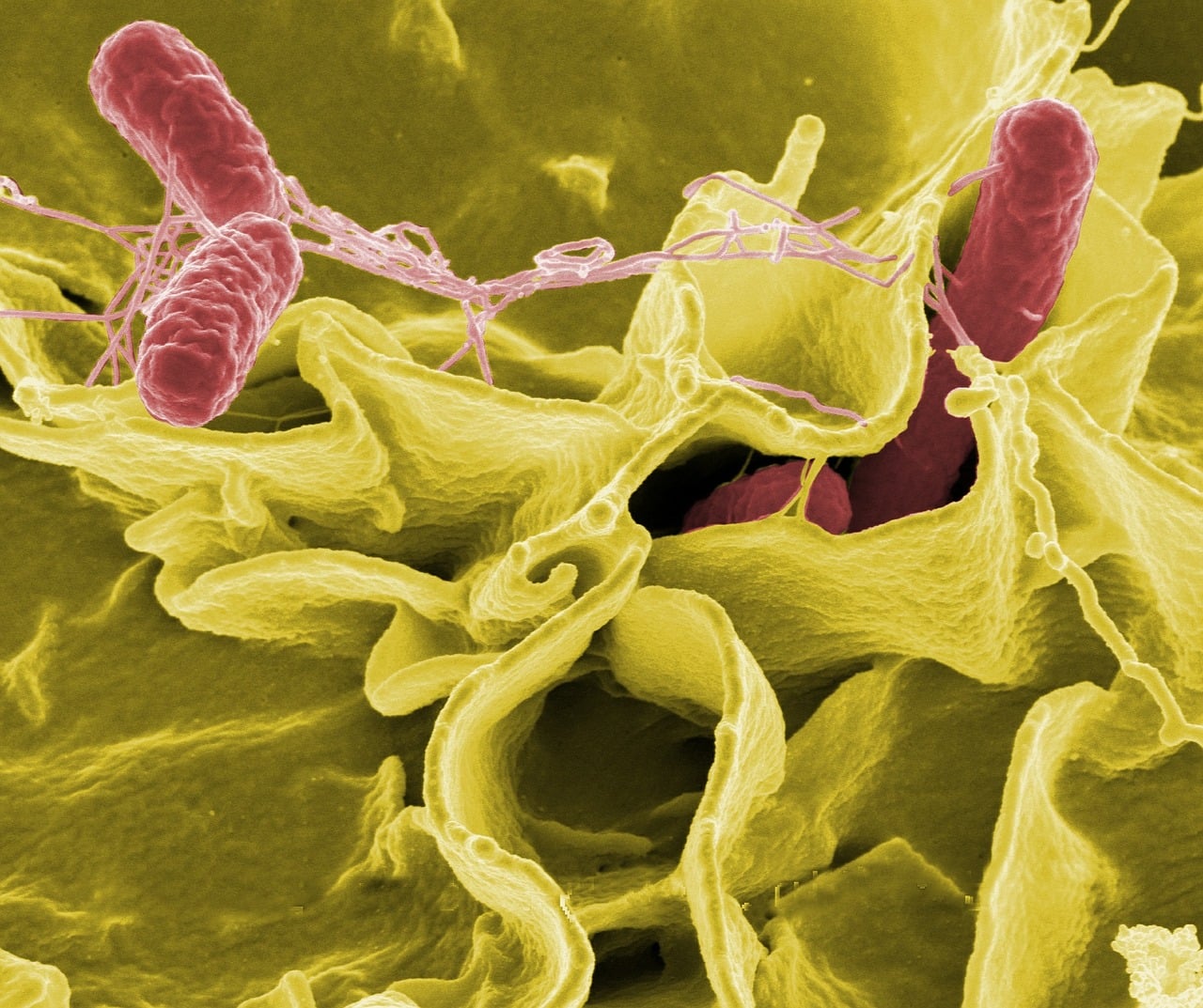Scientists successfully created an organism using a genetic code that was developed from scratch. The new E. Coli bacteria was created using a synthetic genome, and the study behind this development may have implications to further genetic developments. Could it mean we could create artificial life on planets in the future?
A group of researchers at the University of Cambridge developed a new E. Coli form with DNA that was generated by humans, The New York Times reports. The newly-generated bacteria doesn’t fully resemble real E. Coli, but rather appears more elongated. However, its behavior is mostly the same.
This research has great implications to genetic mutations and development, because if scientists can learn to rebuild genomes from scratch, they would learn much more about how DNA actually works, and could lead to more complex synthetic genomes in an effort to create new life.
Researchers have previously tried building synthetic genomes from scratch. However, the longest stretch of synthetic genome was about a million segments long which is not enough to finish the entire gene. The new study reported in the journal Nature measures four times the length of previous attempts.
The team at Cambridge led by Jason Chin, a molecular biologist, used a special technique in which they replaced the bacteria’s natural DNA piece by piece until they had swapped an entire natural genome with the synthetically-modeled one, according to the report. When all synthetic DNA was placed accordingly, the bacteria started evolving, growing into a more elongated shape while its reproductive cycle slowed down. Otherwise, the bacteria performed the same as a natural one.
The research will continue, Chin told The New York Times. Further development includes a faster process of development and focusing on cheaply-manufactured artificial life. Further work also analyzes what the team could do with the codons which were freed up in the study.
“In theory, you could recode anything,” Stirling told the NYT.
The method used in the process provides a “blueprint for future genome synthesis,” authors wrote in the paper.
“For those of us who work in synthetic genomics, it’s the headline, most exciting thing; they synthesized, built, and showed that a 4-million-base-pair synthetic genome could work,” Tom Ellis, director of the Center for Synthetic Biology at Imperial College London who reviewed the paper, told Gizmodo. “It’s more than anyone had done before.”
The newly-developed synthetic genome could have a lot of applications in biology, medicine and biotechnological terms. Researchers could use the extra codons to experiment and develop new amino acids, proteins and even bacteria that could have new functions. According to Ellis the codon swap could work as a firewall against various viruses that could try to infect the cell with modified genome, which could have applications in creating new antibiotics, and also other medicines.





